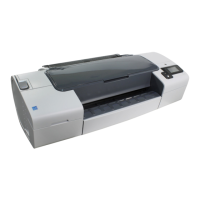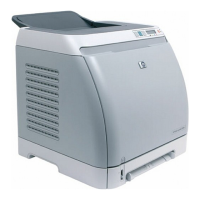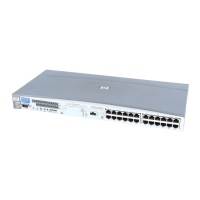recovery directly from the system console of the failed client. In addition, both methods
can also be used to run a network based recovery of the client by assigning the failed
client a suitable Golden Image or the previously created “recovery archive”. In this
case, the client boots directly from the Ignite Server and runs the installation from the
assigned depot, which has to be located on a NFS share on your network.
Use Ignite-UX GUI where it is supported.
Using custom installation medium
Overview
Large IT environments often consist of a large number of systems that are based on
identical hardware and software. Installation of OS, applications and required
patches can be significantly reduced if a complete snapshot of the installed system
is used to install other systems. Ignite-UX includes a feature, which allows you to
modify parameters like networking or filesystem settings and add software like Data
Protector to the image (with Ignite-UX command make_config) before you assign
such a Golden Image to another system. This feature can thus be used to recover a
system from a disaster.
The general steps using a custom installation medium are:
1. Phase 0
a. Create a Golden Image of a client system.
2. Phase 1 and 2
a. Replace the faulty disk with a replacement disk.
b. Boot the HP-UX client from the Ignite-UX server and configure the network.
c. Install the Golden Image from the Ignite-UX server.
3. Phase 3
a. Use the standard Data Protector restore procedure to restore user and
application data.
Preparation
The following steps explain how to create a Golden Image of a client system on a
target system, which will share the image via NFS to your network. In this example,
Data Protector client is already installed on the client system and will be included in
the “Golden Image” without additional configuration steps.
Disaster recovery for UNIX116
